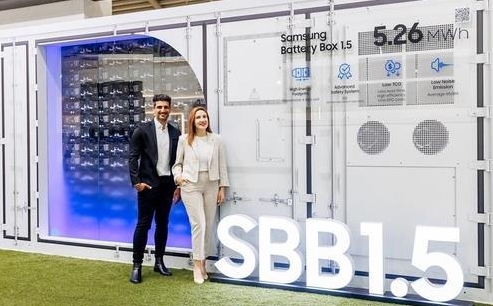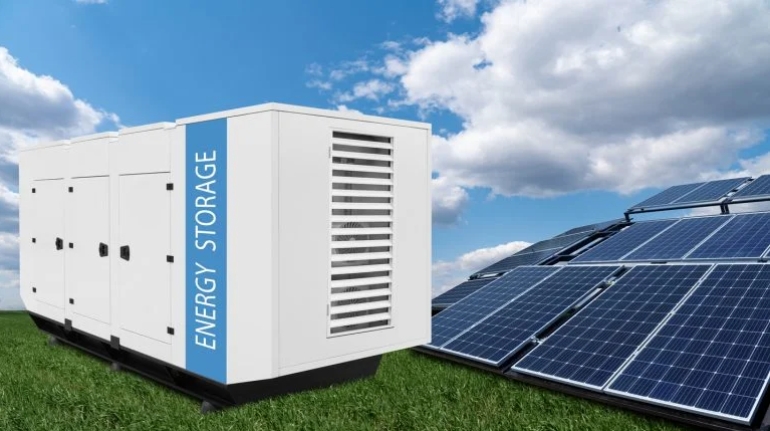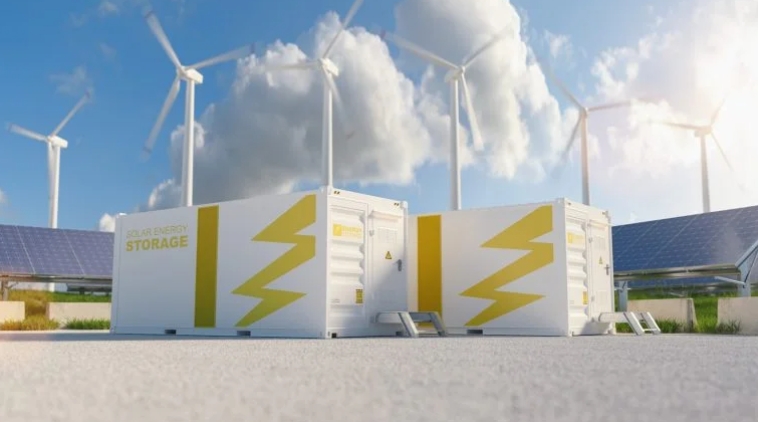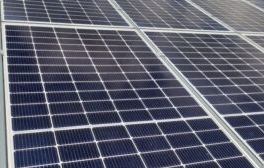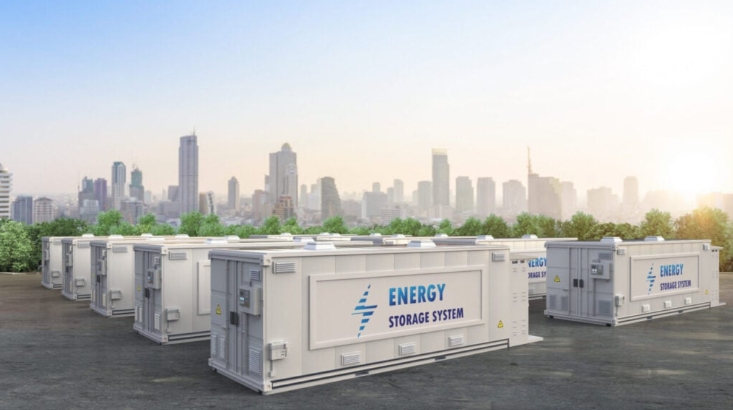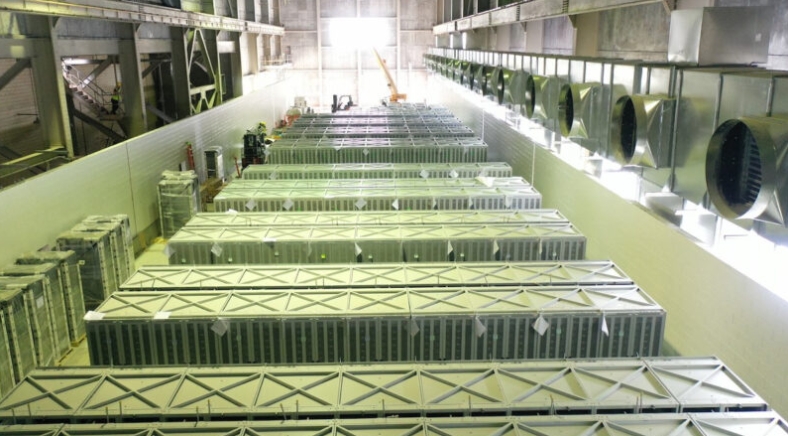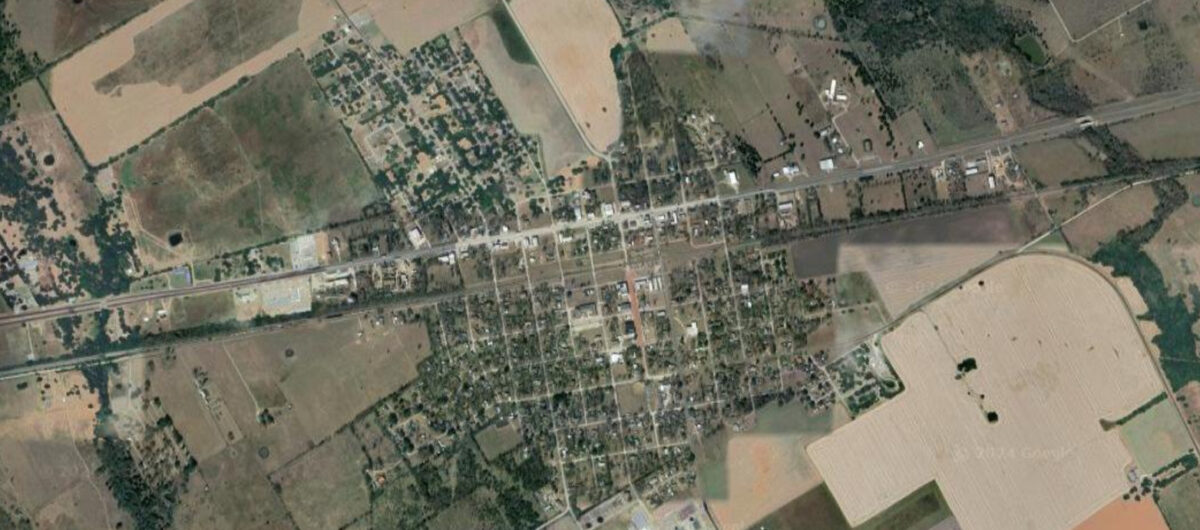"Oil leverage is really important," O'Grady said at the Bakken Conference and Expo in Bismarck, North Dakota. "Gas is not a profitable business. It is a byproduct now."O'Grady also suggested the Bakken is possibly the most profitable patch in the country, even rivaling the prolific Permian Basin.
"The Permian has six to seven production zones while the Bakken has only two," he said. "During the downturn most of the capital flooded to the Permian Basin. They say you can't teach an old dog new tricks, but pound for pound, the Bakken is probably the most profitable basin in the United States today."
Northern Oil and Gas holds approximately 178,000 acres in the Bakken.
"The advancements in completions, along with lower cost of entry" provide advantages for the Bakken, he added. "The Bakken has a high oil cut at 80-plus percent. Also, you are seeing a parent-child relationship in the Permian where wells are producing less as they drill more and more. And Permian wells might start at about 80% oil, but after a year or so they are only producing about 50 to 60% oil."
He also mentioned how capacity constraints in the Permian have led to negative pricing at the Waha Hub.
"We've also had several times in the Permian this year where gas was actually negative, meaning you have to pay people to take it away," O'Grady said. "That's not to say the Bakken doesn't have its own infrastructure constraints. But in general, the Bakken is only halfway through its life cycle and there is plenty of room for growth."
Even still, the extremely low gas prices have had little effect on internal rates of return in oil-rich plays. Henry Hub gas prices and natural gas liquids prices are much weaker this year than they were a year ago thus decreasing the revenue that shale oil producers realize and increasing breakevens.
Waha reached as low as minus $6.60/MMBtu in early April.
Relief is coming, at least in the Permian, with the new Gulf Coast Express pipeline expected to be operational by October, according to S&P Global Platts Analytics.
Shale oil breakevens unaffected
The relatively high oil content of plays like the Bakken and Permian (between 56% and 85%) and the price/Btu disparity among crude oil, gas and NGLs soften the impact of lower prices.
For instance, $2.50/MMBtu equates to an oil equivalent of $15/b (assuming 6 MMBtu/b) and NGLs only get around 30% of WTI. For example, the Bakken has 85% oil content, but oil represents 94% of total revenue, according to Platts Analytics.
For the Permian, the negative gas prices realized in April (minus $0.5/MMBtu) increase breakevens by only 9% from $39.10/b to $42.80/b (WTI). The disparity is even less in the Bakken, where breakevens only add 30 cents to $43.40/b under low gas and NGL prices.
Bakken IRRs currently rank fourth in the nation at 23.9%, about 10 percentage points below the Permian-Midland, according to Platts Analytics. Platts Analytics IRRs are based on a half-cycle, before-tax analysis, which excludes sunk costs such as acreage acquisition, seismic and appraisal drilling.
